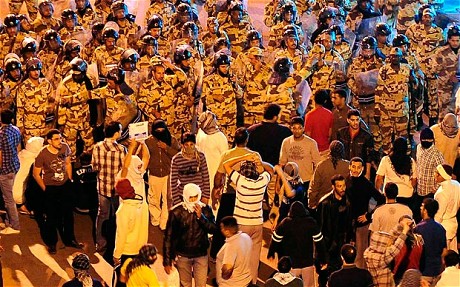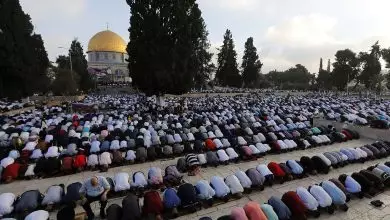FeaturedIslamic AwakeningWest AsiaWorld News
Saudi Arabia Releases Muslim Opposition Cleric


Saudi Arabia has on Sunday night released a Muslim cleric whose arrest last month provoked demonstrations and a Facebook call for a “Day of Rage”, Ibrahim al-Mugaiteeb, president of Human Rights First in Saudi Arabia, told AFP by telephone on Monday.
Several hundred people protested in the east of the kingdom on Friday after Aamer was arrested on February 27, reportedly for calling for a constitutional monarchy in the kingdom, which is an absolute monarchy. Protests were held in the kingdom calling for more freedom and the releasing of political prisoners.







